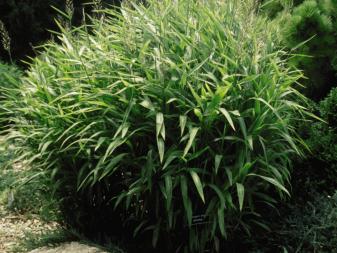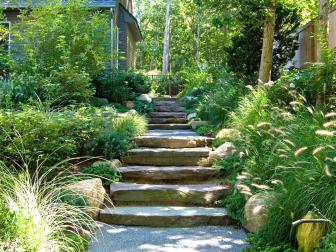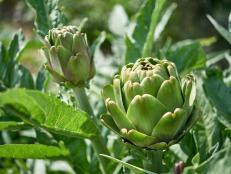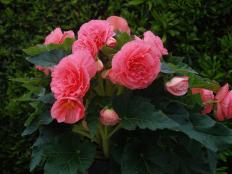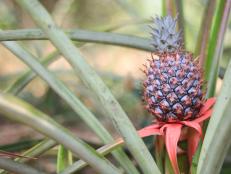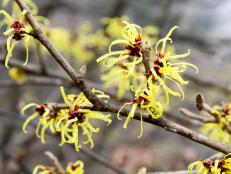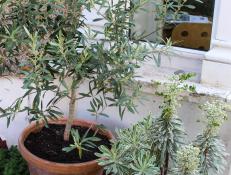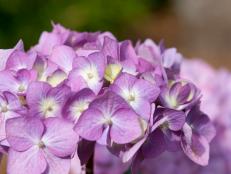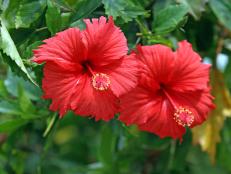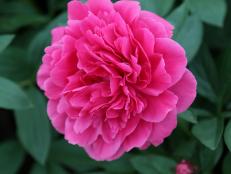Planting Pampas Grass
Ornamental pampas grass is perfect for low-maintenance landscaping but is hard to get rid of once established.

Tall, tough and beautiful: you’d think pampas grass has all the qualities you’d want in a perennial ornamental grass. Cortaderia selloana can be both functional and lovely. The plants, which grow 10 to 13 feet high and spread six feet wide, make useful privacy screens, wind breaks and camouflage for unwanted views. Because pampas grass has stiff stems and sharp-edged leaves, it also can also serve as a living hedge or fence.

Shutterstock/Jahina_Photography
Gardeners like its graceful, fluffy plumes, which appear in late summer in colors that range from sand-pink to silvery-white. They’re especially nice to use in dried arrangements, or they can be left uncut to add winter interest to the landscape. The solid green or variegated grass itself lends drama, texture and movement to gardens and pool areas.
But pampas grass is incredibly prolific when it comes to seed production; a single plant can bear up to a million seeds over its lifetime. The self-sowing seeds can sprout in almost any kind of soil, too. And although pampas grass dies back in the winter, it rebounds once warm weather returns.
Its roots also grow deep into the ground, allowing pampas grass to survive droughts and making it hard for gardeners to eliminate. Some resort to chopping it down with machetes or chainsaws, or even burning the plants, although they usually regrow in a few weeks. Spraying with an herbicide will work, but you often need to make multiple applications. No matter how you tackle it, you’ll need to wear protective clothing and thick gloves to avoid being cut on its razor-like edges.
Growing Pampas Grass
Because it’s so tough and aggressive, pampas grass has landed on the list of invasive weeds in California and Texas. It’s banned in Hawaii and New Zealand, and also appears on a USDA list of invasive plants to watch.
In spite of these warnings, pampas grass can be grown under controlled conditions, unless it is specifically prohibited where you live. If you want to try it, check with your local extension service office or visit the USDA website to make sure it’s allowed in your area.
Pampas grass likes full sun for at least six hours a day and grows best in well-drained soil. If you’re planting a hedge, space the plants six feet apart. Loosen the roots when you lower the plant into its hole, and plant it no deeper than it was growing in its container.
Water lightly to moderately; the plants don’t need much care and are pest resistant. Shear it each spring as desired.
More Ornamental Grasses
13 Terrific Tall Grasses 13 Photos
Include vertical interest in your plantings with tall ornamental grasses.
Ornamental Grasses for Every Situation
Choose the ornamental grass based on the season, the height and the type of soil.
Be aware that pampas grass is flammable, so don’t use it where wildfires are common, or near your home or other structures.
Dwarf pampas grasses are available that grow only about 5 feet high, if you’re concerned about size. Some are sterile, which means that they don’t produce seeds and cannot self-sow.
Avoid growing pampas grass around pets or children who can brush against it. Cuts happen easily, and they may become inflamed or infected.






